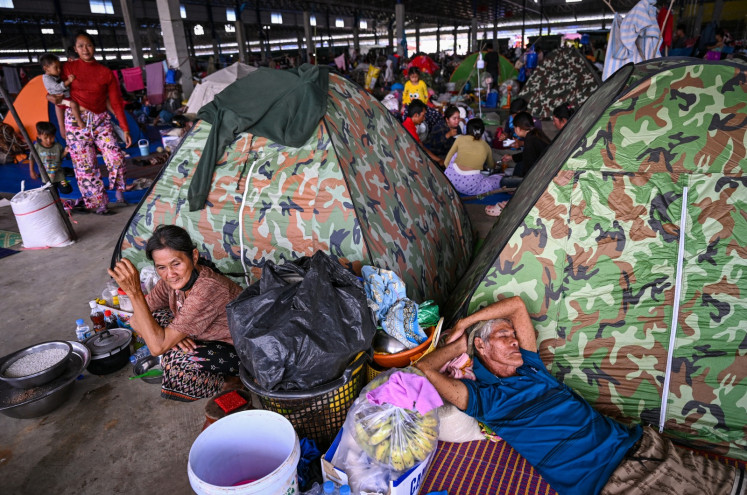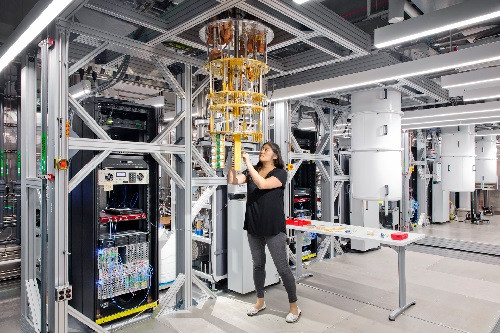Popular Reads
Top Results
Can't find what you're looking for?
View all search resultsPopular Reads
Top Results
Can't find what you're looking for?
View all search resultsPaving a renewable energy pathway
Change text size
Gift Premium Articles
to Anyone
H
arvesting Southeast Asia’s renewable energy potential needs disruptions in ways energy is generated, distributed and sold. This means allowing and incorporating more independent, household-based, or community-owned renewable energy systems in the energy landscape.
In Southeast Asia, this entails the fracturing of the traditional means of energy generation strongly held by large, utility-scale energy corporations. Such processes of disruptions could economically benefit many, especially ordinary families, who could invest individually or collectively in these new businesses. At the same time, these disruptions could facilitate the rapid transition to renewable energy systems, which benefit the global climate.
Disruptions through widespread support of small-scale enterprises made other country’s transition to sustainable energy possible and quick. Germany’s Energiewende (energy transformation) is an oft-cited case and its experience can teach Southeast Asian countries some valuable lessons.
Progressive environmental policies are key to set the stage for transitioning to renewable energy. The Germans did it through building efficiency standards, financing for building retrofits, solar roofs and the first feed-in tariff program, an “eco-tax” on gasoline and fossil-based electricity. Collectively, these policy actions established Germany’s leadership in the global sustainable energy economy.
The biggest driver of Germany’s energy transition, however, has been its Renewable Energy Act of 2000. The law updated the existing feed-in tariff that time to guarantee full-cost compensation to cover the actual cost of specific renewable energy investments. The law also requires utilities to purchase renewable energy first, while offering rates guaranteed for 20 years.
Altogether, these law provisions provided investment security for investors. Every year, the rates drop for newly installed systems to put price pressure on manufacturers to lower costs as the market increases for renewable energy.
Germany’s feed-in tariffs have helped produce community ownership, which simultaneously increased acceptance levels for renewable installations in local areas. Indeed, as energy generation was opened up for more democratic engagement, citizen-organized and managed energy co-ops to generate renewable energy have mushroomed in Germany. From 66 in 2001, their numbers rose to 700 in 2012.
Local government leadership is also essential in the German transition. Throughout Germany, many local governments have set ambitious climate-reduction goals showing that leading the transition to renewable energy is not only possible but also profitable.
If Germany’s experience is considered, the energy generation landscape in Southeast Asia — strongly held by energy oligopolies now — can be disrupted in at least three ways: guaranteed policy and pricing mechanisms, democratizing energy and local government leadership.
Unfortunately, however, many Southeast Asian governments remain shortsighted in making and producing the necessary change in policy to ramp up the transition to a sustainable energy economy. Policies to support small-scale renewable energy are either fragmented, or not clearly communicated.
In comparison, conventional utilities and large-scale generators enjoy the strongest policy support. Incentives still favor utilities, leaving small-scale investments with less to zero support that is mostly hard to access.
Since renewable energy is locally harvestable, local governments are expected to be the first port of call for renewable energy investors. Institutional arrangements to shore up renewable energy investors, however, are conspicuously absent among many Southeast Asian governments, especially at the local level. This confluence of ill-conceived support challenges many community-oriented renewable energy installations. As a result, much-needed financing is hard to come by.
From being boutique, niche investments, small-scale renewables in Southeast Asia have to be scaled.










